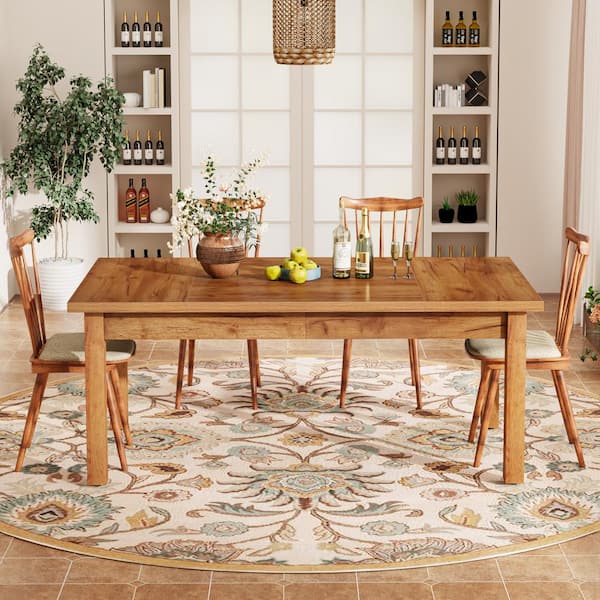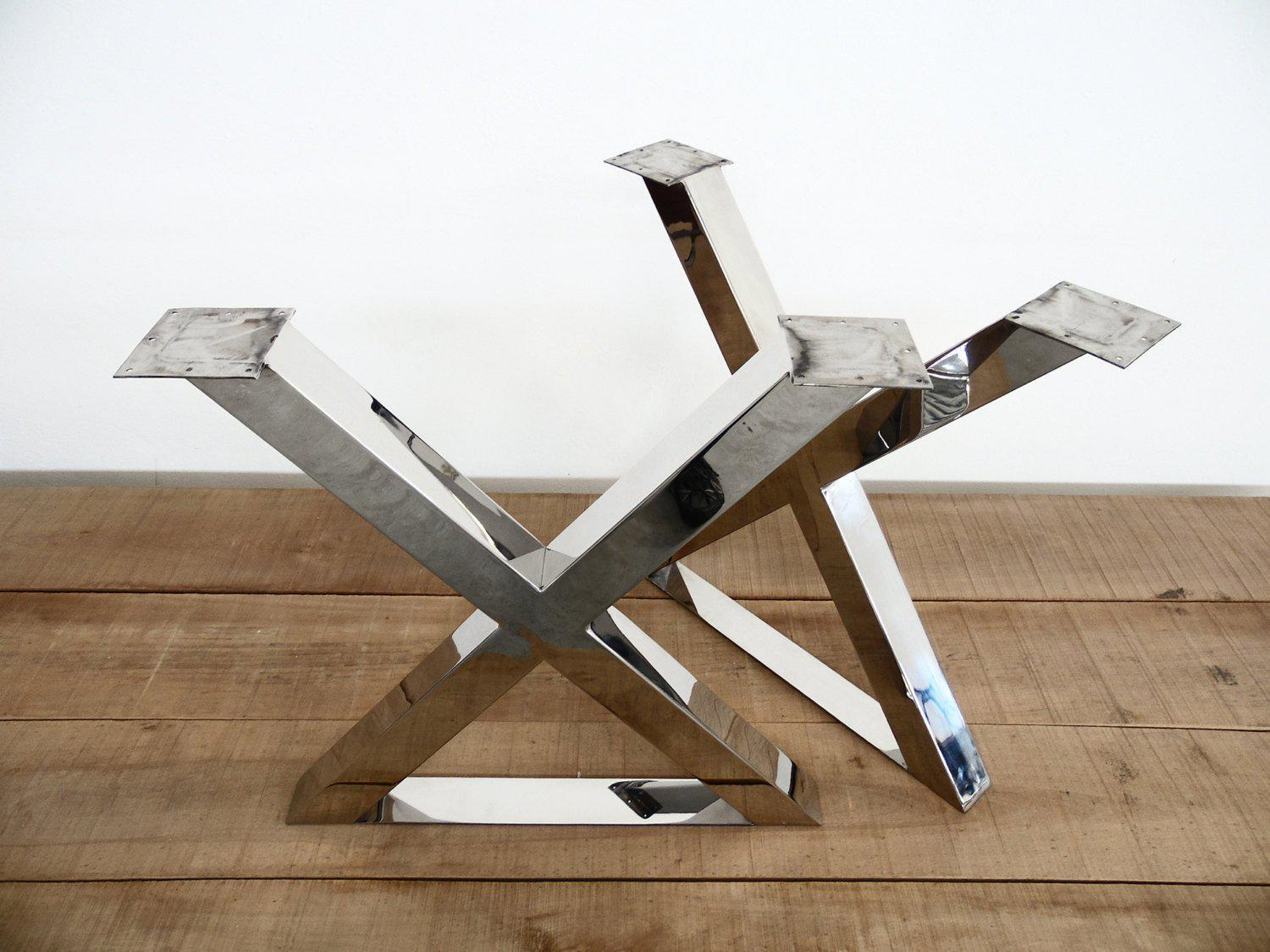Update Your Furniture with Trendy Dining Room Table Legs
Update Your Furniture with Trendy Dining Room Table Legs
Blog Article
Picking the Perfect Table: What Styles Job Best for Your Home?
Picking the ideal eating table for your home can be a nuanced process that balances looks and capability. To navigate these choices efficiently and locate a table that truly complements your home, think about the adhering to aspects in information.
Examining Your Room
Reviewing the measurements and format of your dining area is a critical initial step in picking the excellent eating table. Begin by measuring the length and width of the room, making up entrances, home windows, and other building features that might influence table positioning. This ensures that your table not just fits but likewise enables comfortable movement around it.
Take into consideration the variety of individuals you usually delight. A table must suit your house's daily requirements while supplying sufficient flexibility for occasional guests. As a rule of thumb, designate at the very least 24 inches of table size per individual to guarantee a comfortable dining experience.
It's also necessary to keep appropriate clearance around the table. Ideally, there ought to go to least 36 inches in between the table side and walls or various other furnishings, enabling simple accessibility and motion. For areas where chairs with arms or additional storage space units like buffets are included, boosting this clearance to 48 inches is suggested.
Illumination and ambience play significant functions as well. Make sure that your table aligns with existing lighting components or prepare for adequate lighting options. This extensive spatial evaluation warranties that your eating table not only fits physically yet also balances with your room's overall capability and visual.
Popular Table Styles

Typical eating tables typically include luxuriant information, bent legs, and rich wood coatings, stimulating a sense of timeless style. They are ideal for homes with traditional design or those aiming to add a touch of refinement to their dining location.
Modern eating tables prioritize simplicity and tidy lines, often integrating materials like glass and metal. These tables are optimal for modern spaces, providing a sleek and uncluttered appearance that matches minimalist layout viewpoints.
Rustic table, on the other hand, stress all-natural products and a handcrafted look - dining room table legs. They commonly include recovered timber and a distressed finish, producing a warm and inviting ambience. These tables work well in farmhouse-style homes or those seeking a comfortable, organic feel
Industrial eating tables incorporate basic materials such as steel and wood, commonly showcasing an utilitarian visual. This design is appropriate for loft spaces or metropolitan spaces, including a touch of sturdy beauty and longevity to the eating experience.
Each style uses distinctive advantages, making it crucial to select one that aligns with your home's total layout and your individual choices.
Material Choices
When selecting a table, the choice of product plays a crucial duty in establishing both the table's aesthetics and functionality. Timber, steel, glass, and composite products each the original source deal special advantages and difficulties, making it imperative to line up the material with your home's design and way of life needs.
Wood is a classic and flexible alternative, offered in ranges such as oak, walnut, and mahogany. Understood for its toughness and warmth, timber complements both traditional and contemporary insides. It requires routine maintenance to stop scratches and warping.
Metal tables, commonly crafted from stainless-steel, light weight aluminum, or functioned iron, are commended for their modern-day allure Web Site and toughness. They are particularly matched for commercial or minimal setups but can be prone to damages and may really feel chilly to the touch.
Glass eating tables bring an air of sophistication and visibility, perfect for smaller sized areas as they develop an illusion of even more space. While very easy to tidy, glass can be prone to spots and needs careful handling to stay clear of chips and fractures.
Composite products, such as MDF and plywood, deal economical and adjustable options, though they might lack the long life of all-natural materials. Picking the appropriate product ensures your table is both a functional possession and an aesthetic joy.
Forming and Size Factors To Consider
After establishing the appropriate material for your dining table, the next factor to consider is selecting the appropriate shape and size to match your area. Alternatively, round tables foster a feeling of affection and are outstanding for smaller eating areas, urging conversation by getting rid of edges and making everyone really feel similarly included.
As a guideline of thumb, allot at the very least 24 inches of table size per person to make certain comfy dining. In addition, think about the table's clearance area: there must be at the very least 36 inches in between the table edge and the wall surfaces or other furnishings. Expanding tables supply versatility if you regularly organize bigger events, providing added seating when required without inhabiting extra area daily.
Matching Your Style
Picking a table that integrates with your existing you can try here style is critical in producing a cohesive and inviting area. Begin by evaluating your existing indoor design style, whether it be contemporary, typical, rustic, or diverse. The eating table must enhance the overall aesthetic, not contend with it. For example, a sleek, minimal table with tidy lines is perfect for a modern-day home, while a vintage, luxuriant table fits a more traditional setup.
Color and product are similarly considerable. If your design features cozy tones and natural materials, take into consideration a wood table to enhance the organic feel. Conversely, a glass or steel table might be much more suitable in a space controlled by trendy colors and commercial elements. Pay focus to the finish, as it should mirror other furnishings and fixtures to preserve harmony.
A rough-hewn, redeemed wood table can add character to a rustic space, while a polished marble surface area can boost a luxurious dining area. A well-matched eating table not just boosts visual appeal but also improves the general eating experience.

Verdict
Choosing the optimal dining table demands careful consideration of space, style, materials, form, and size (dining room table legs). Conventional tables complement timeless interiors with abundant wood coatings, while modern-day tables fit modern settings via glass and metal. Rustic styles present warmth through natural materials, and commercial styles boost urban settings with raw aspects. Integrating the eating table with existing decoration makes certain both performance and aesthetic allure, adding to a natural and aesthetically pleasing dining area.
Report this page